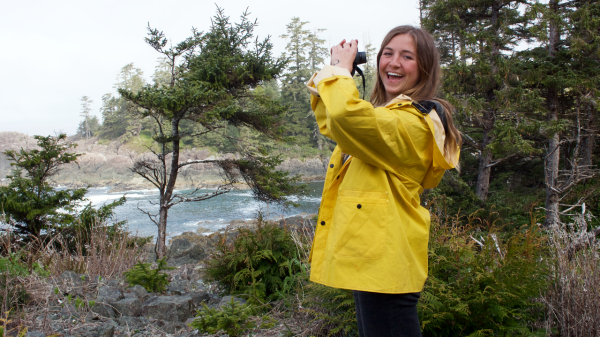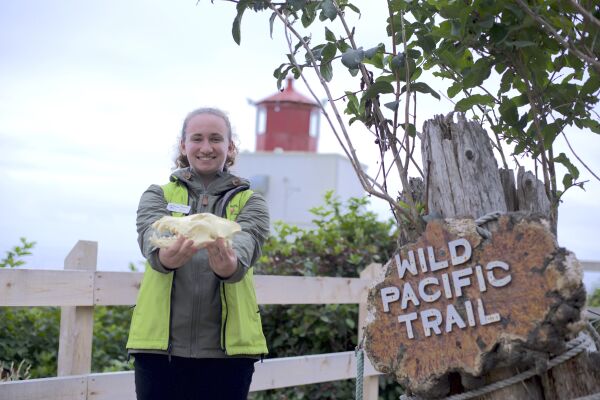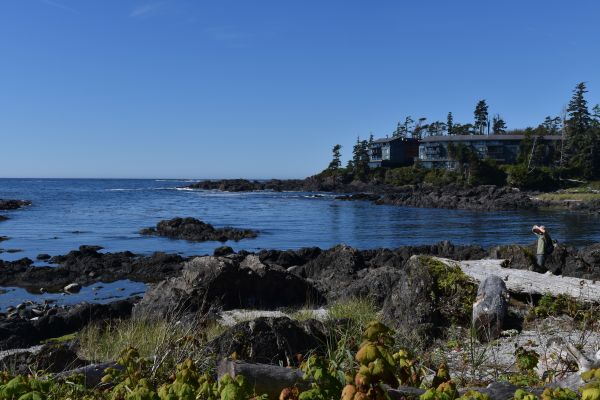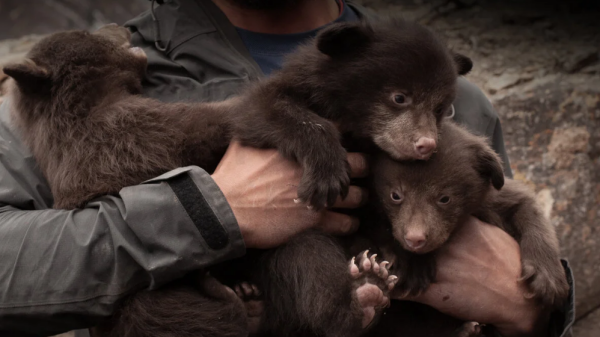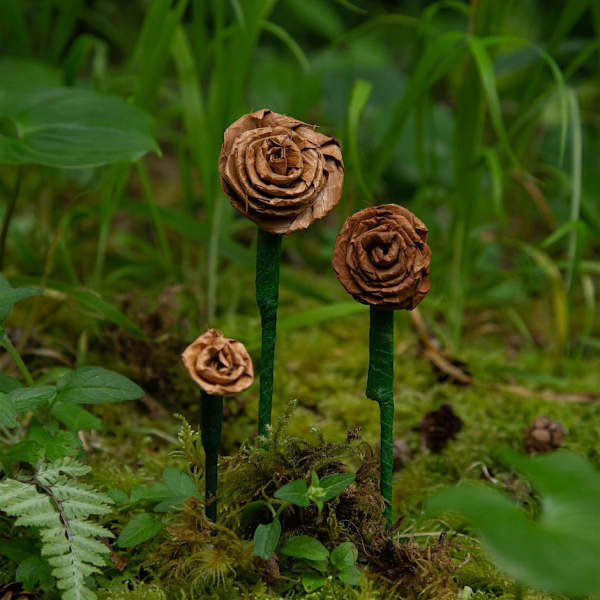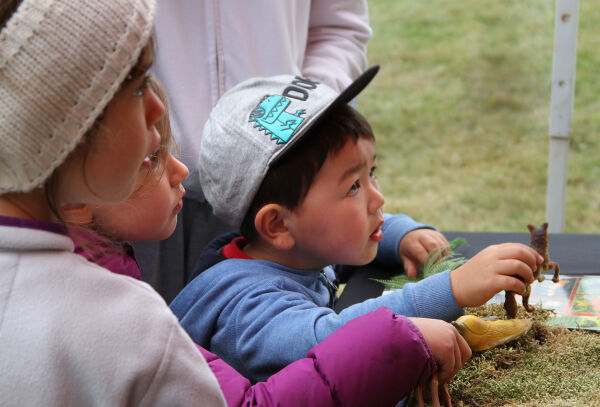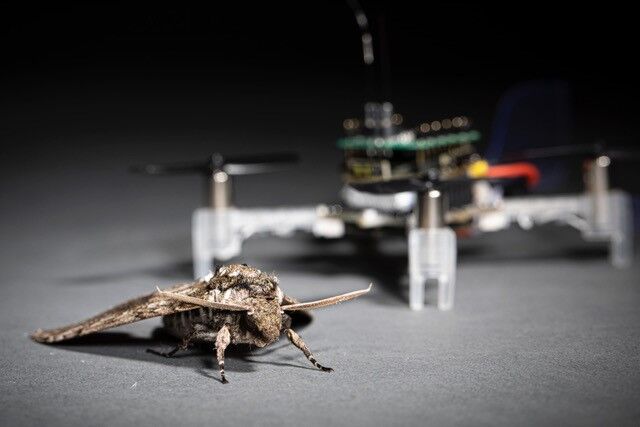
Life at Night - Raincoast Education Society - Speaker Series 2023
Best of both worlds: Moth antenna on a smelling drone
"Nature has developed amazing chemical sensors which greatly surpass man-made sensors in sensitivity and speed. A male Manduca sexta hawkmoth can sense the female’s pheromone in concentrations as small as 1 in 10^17 molecules of air! To learn more about and mimic the way moths locate food and mates, I equipped a small palm-sized drone, dubbed “the Smellicopter”, with a live moth antenna to smell odors. This autonomous drone flies in a way inspired by how moths seek out the source of an odor and are able to do so even while flying around obstacles. Join me and learn about the amazing smelling ability of moths and the Smellicopter!" - Dr. Melanie Anderson
About the speaker: Dr.Melanie Anderson is a postdoctoral researcher at the University of Washington under Professor Tom Daniel in the Biology Department and is funded in part by her Fellowship through the UW CoMotion Startup Incubator. She received her Ph.D. in Mechanical Engineering from the University of Washington in 2021. Her research focuses on biohybrid robotic systems, especially those that fuse multisensory input toward fully autonomous operation. She has received the National Defense Science and Engineering Graduate Fellowship (2018-21), the UW Mechanical Engineering Distinguished Dissertation Award (2022), her Fellowship through the UW CoMotion Postdoctoral Entrepreneurship Program (2022-23), and has recently been selected for a Washington Research Foundation Postdoctoral Fellowship (2023-2026). Her most notable academic achievement is the creation of the Smellicopter, a biohybrid palm-sized drone that uses a live moth antenna as a chemical sensor to autonomously seek out the source of a chemical odor. The Smellicopter has been featured in news articles and film segments such as UW News, IEEE Spectrum, WIRED, and Oregon Public Broadcasting. Melanie Anderson currently is working towards exploring commercialization of her biohybrid technologies which, in the future, she hopes can be used in scenarios such as detecting pests and disease in agriculture, locating bombs/drugs in law enforcement or the armed forces, or even quickly locating survivors in disaster scenarios with search-and-rescue services.
Register here for this FREE event to receive your Zoom link!

